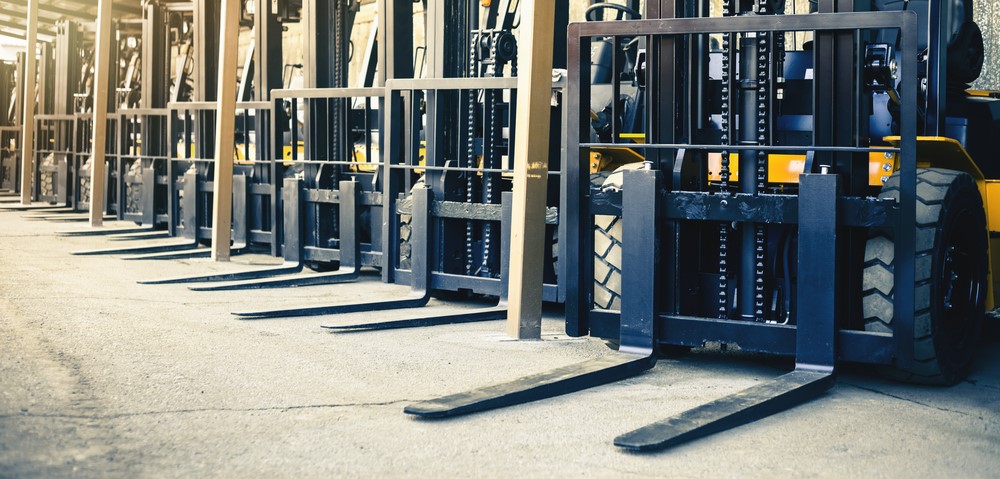Table of Contents
The backbone of modern infrastructure rests firmly on the shoulders of colossal machines. From the towering cranes that grace our skylines to the earth-moving behemoths carving new roadways, heavy equipment plays a vital role in construction, mining, agriculture, and various industrial applications. These titans of industry, however, present a unique logistical challenge – their immense size and weight necessitate specialized transportation solutions to ensure safe and efficient movement from project to project. This is where the heavy equipment transport industry steps in, offering a crucial service that keeps the gears of progress turning. The heavy equipment transport sector is a complex and well-oiled machine itself. It requires meticulous planning, from obtaining permits for oversized and overweight loads to charting the most efficient routes that avoid low bridges and tight corners. Specialized trailers, powerful heavy-duty trucks, and expert crews using cranes, winches, and hydraulics ensure the safe loading, securement, and delivery of these colossal machines.
THE MUSCLE BEHIND THE MACHINE: WHAT IS CONSIDERED HEAVY EQUIPMENT?
Heavy equipment encompasses a broad range of powerful machines used in construction, mining, agriculture, and various industrial applications. Here are some common examples:
Construction Equipment: Excavators, bulldozers, graders, loaders, cranes, pavers, and dump trucks are the workhorses of construction sites, responsible for everything from excavation and earthmoving to laying foundations and erecting structures.
Mining Equipment: Haul trucks, loaders, and shovels are essential for extracting valuable resources like coal, copper, and gold from the earth.
Agricultural Equipment: Tractors, combines, harvesters, and plows form the backbone of modern agriculture, enabling large-scale cultivation and harvesting.
Industrial Equipment: Forklifts, mobile cranes, and industrial presses are just a few examples of the specialized equipment used in diverse industries like manufacturing and warehousing.
These machines share a common trait: their immense size and weight. Standard trailers simply cannot accommodate them, necessitating specialized transport methods.
ON THE MOVE: HOW IS HEAVY EQUIPMENT TRANSPORTED?
There is a delicate process between meticulous planning and specialized equipment in the process of heavy equipment transport. Here’s a breakdown of the process:
Permits and Route Planning: Oversized and overweight loads require special permits that dictate travel times, routes, and even escort vehicles. Planning the most efficient route that avoids low bridges, narrow roads, and tight corners is crucial.
Loading and Securing: Heavy equipment is meticulously loaded onto specialized trailers using cranes, winches, and hydraulic ramps. Expert crews secure the equipment with heavy-duty chains, straps, and specialized tie-downs to ensure a safe journey.
Transportation: The actual transport involves powerful tractor-trailer combinations specifically designed to haul immense loads. These heavy-duty trucks often have multiple axles and powerful engines to handle the weight and navigate challenging terrain.
Offloading and Delivery: Once at the destination, the equipment is carefully offloaded using cranes or hydraulic lifts. The entire process requires a high degree of skill, experience, and specialized equipment.
Methods for the Mighty: Transporting Over Long Distances
For long-distance journeys, several options exist beyond traditional heavy-duty trucks:
Railroads: Trains offer a cost-effective option for transporting extremely heavy equipment over long distances. Specialized railcars with reinforced platforms and securement systems ensure safe transport.
Barges: When water routes are available, barges provide a cost-effective alternative for transporting colossal equipment. Heavy machinery is loaded onto barges and towed by powerful tugboats along rivers, canals, and even oceans.
A BOOMING BUSINESS: IS HEAVY EQUIPMENT TRANSPORT THRIVING?
The heavy equipment transport industry plays a crucial role in global infrastructure development and industrial growth. As construction projects around the world continue to expand, the demand for efficient and reliable heavy equipment transport remains high. Furthermore, the increasing use of renewable energy sources like wind turbines, which require massive components, further fuels the need for specialized transport solutions. Therefore, the heavy equipment transport industry shows promising signs of continued growth and is a vital link in the global supply chain.
CONCLUSION
The next time you marvel at a towering skyscraper reaching for the clouds, a smoothly paved highway stretching across the landscape, or a wind turbine harnessing the power of the wind, take a moment to appreciate the silent giants that made it possible. These colossal machines, the backbone of modern infrastructure, wouldn’t be there without the complex and specialized field of heavy equipment transport. It’s a logistical marvel that ensures these titans of industry travel safely and efficiently from project to project. More than just getting a machine from point A to point B, heavy equipment transport requires meticulous planning, specialized equipment, and highly skilled professionals. From navigating intricate permitting processes to charting the most efficient routes, every detail is meticulously considered to ensure a smooth journey. The expertise of heavy equipment transporters extends to the loading and securing process, employing specialized trailers, powerful trucks, and a practiced hand to ensure these colossal machines arrive on-site ready to work. So, the next time you witness the wonders of modern engineering, remember the silent heroes behind the scenes – the heavy equipment transport industry, the unsung heroes shaping the world around us.

